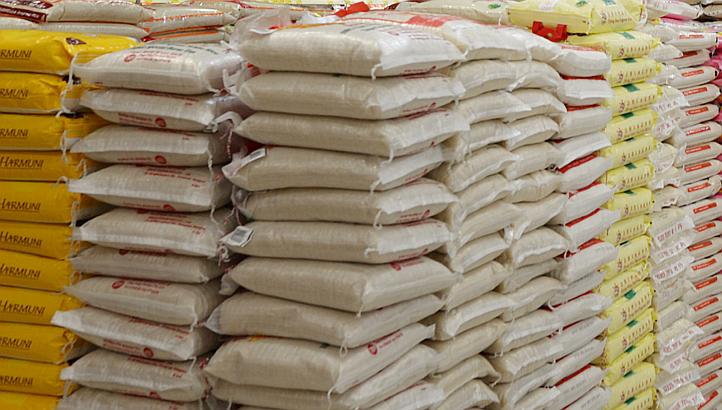Desperate maladies require desperate remedies, indeed.
The Marcos administration, under increasing pressure to fulfill its campaign pledge of P20-per-kilo rice, seems to have resorted to declaring a food security emergency as its measures to curb rising rice prices have failed.
Citing an “extraordinary increase in rice prices,” Agriculture Secretary Francisco Tiu Laurel Jr. issued Department Circular No. 3, based on a resolution by the National Price Coordinating Council (NPCC).
Under the newly enacted Republic Act 12078 or the Agricultural Tariffication Act, the DA secretary—upon NPCC’s recommendation—may declare a food security emergency to address supply shortages or surging rice prices.
“The NPCC’s findings confirm the extraordinary increase in rice prices, necessitating this emergency declaration,” Tiu Laurel said.
The NPCC includes representatives from nine government agencies, such as the Departments of Trade, Health, Energy, and Transportation, alongside the National Economic and Development Authority (NEDA).
The emergency status will remain in effect until lifted by the DA.
Persistent inflation
According to data from the Philippine Statistics Authority (PSA), rice inflation hit 4.2 percent in July 2023, exceeding the 4-percent target in the Philippine Development Plan 2024-2028.
By September 2023, rice inflation soared to 17.9 percent.
In December 2024, regular-milled and well-milled rice prices were 19 percent and 20 percent higher, respectively, than July 2023 levels.
More rice stocks
To address this crisis, the National Food Authority (NFA) will release at least 300,000 metric tons (MT) of rice into the market.
The NFA will start selling its rice stocks at ₱36 per kilo to local government units, which can resell at ₱38 per kilo.
Despite Executive Order 62—which reduced import tariffs from 35% to 15%—rice prices remain high.
To ease consumer burdens, the DA implemented a maximum suggested retail price (SRP):
● ₱58 per kilo (effective Jan. 20)
● ₱55 per kilo (starting Feb. 5)
● ₱52 per kilo (effective Feb. 15)
● ₱49 per kilo (by March 1)
“The SRP adjustments are designed to gradually lower rice prices and stabilize the market,” Tiu Laurel explained.
The DA, Department of Trade and Industry, and Philippine National Police reported that most retailers have complied with the new SRPs.
As global rice prices decline, local markets in Metro Manila have seen rice prices fluctuate:
● Imported special rice: ₱52 to ₱61 per kilo
● Imported premium rice: ₱51 to ₱58 per kilo
● Imported well-milled rice: ₱44 to ₱52 per kilo
● Imported regular-milled rice: ₱38 to ₱48 per kilo
The Kadiwa ng Pangulo initiative, which sells affordable rice, will continue until President Marcos' term ends in 2028.
At least 57 more Kadiwa stores are set to open in Metro Manila, providing cheaper rice options to consumers.
Poor management?
However, the Federation of Free Farmers (FFF) claims the food security emergency is meant to cover up the NFA’s poor stock management.
FFF President Diosocoro Granada argues that one-third of NFA’s 300,000 MT rice stock is aging and should have been auctioned off earlier.
He added that selling cheap NFA rice at subsidized rates could lead to corruption and hurt farmers, as traders may lower palay buying prices.
Moreover, NFA warehouses aren’t actually full, as their one-million-ton capacity is only one-third occupied.
FFF National Manager Raul Montemayor has urged the DA to fully review the legality of declaring a food security emergency.
With rice prices remaining volatile, the government faces mounting pressure to stabilize the market while protecting both consumers and farmers.
#WeTakeAStand #OpinYon #OpinYon #OpinYonNews #DA #NEDA #NPCC #FoodSecurity
